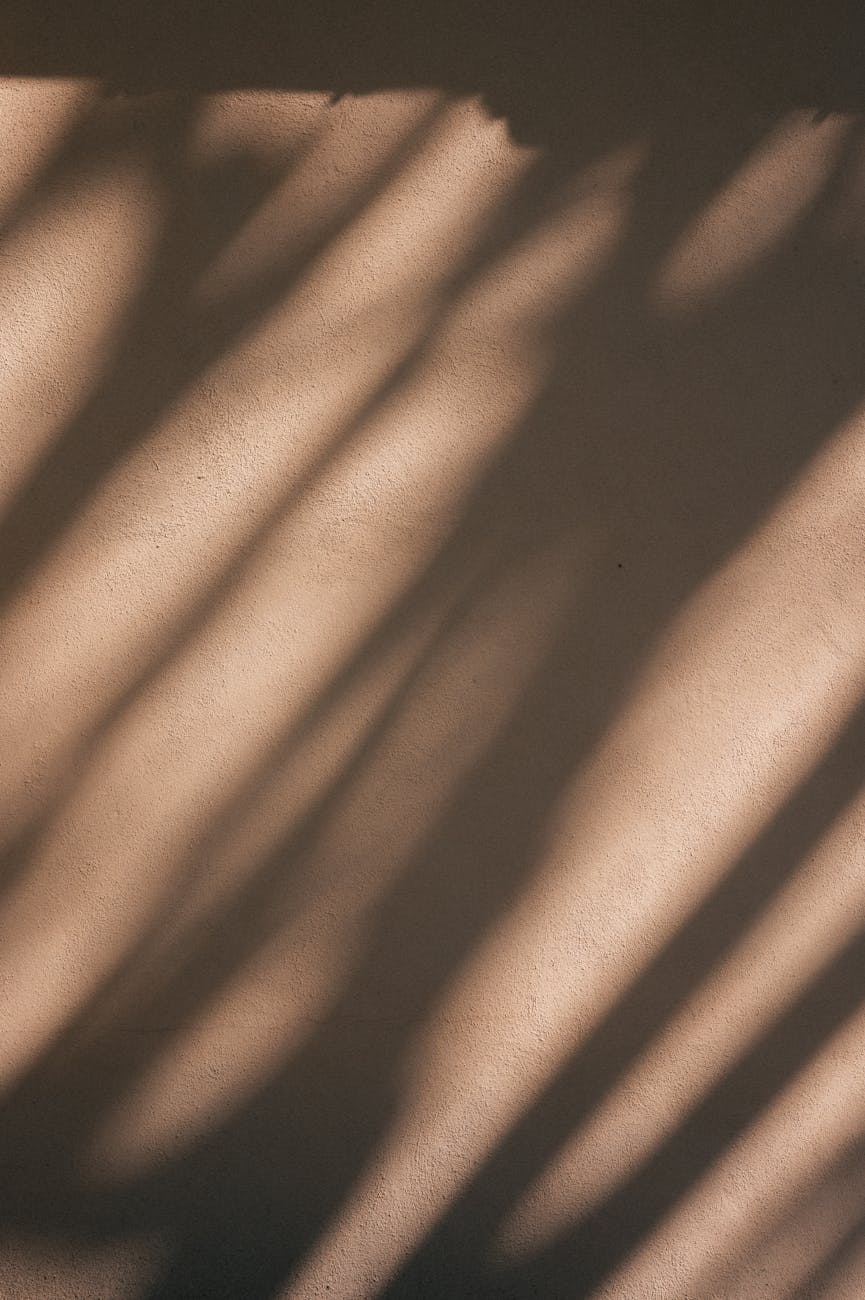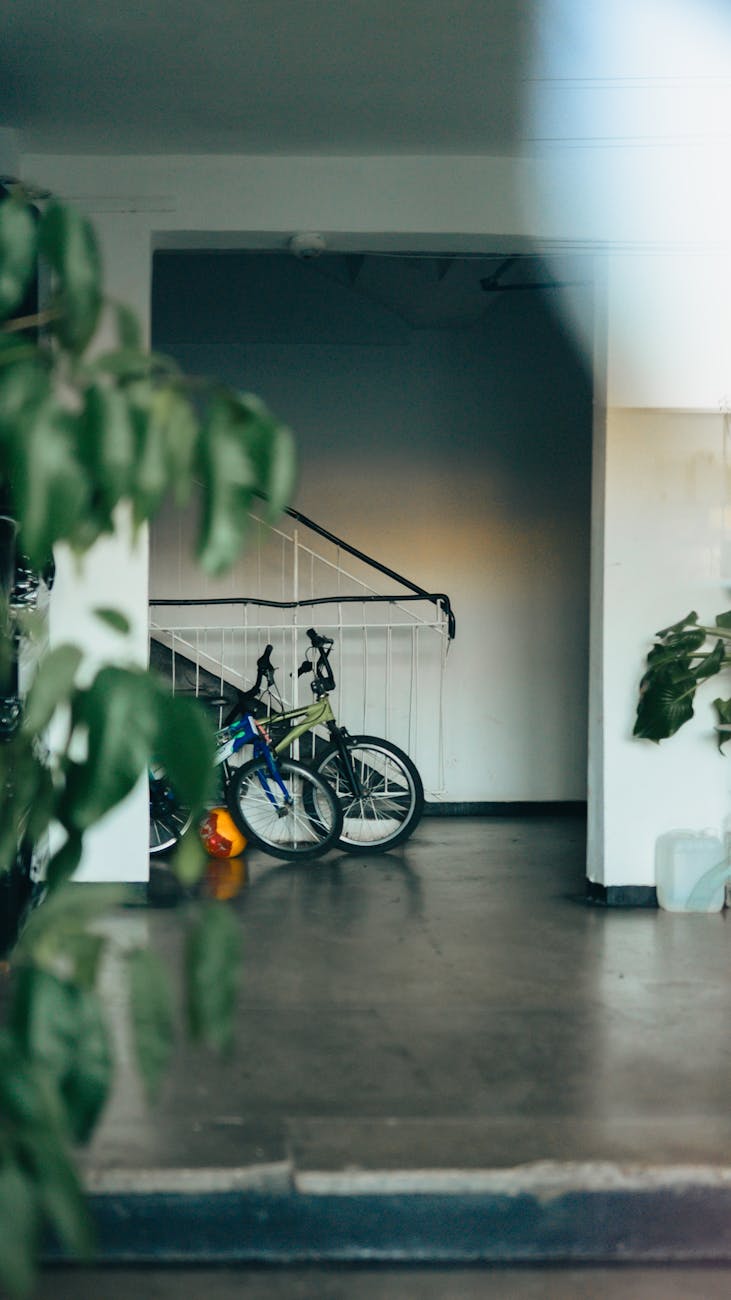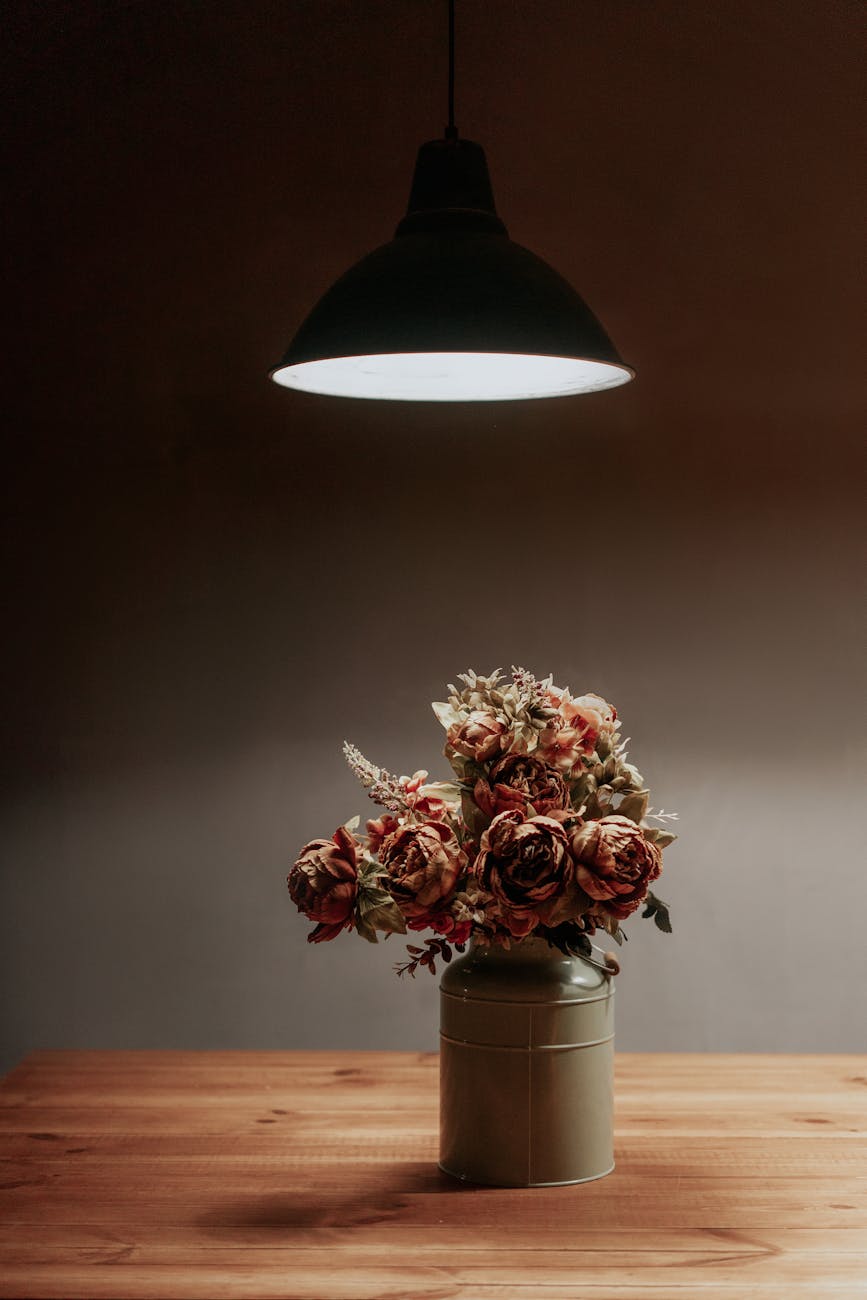In a world increasingly characterized by chaos and overconsumption, minimalist design emerges as a breath of fresh air, advocating for beauty through simplicity. This design philosophy focuses on stripping away the non-essential elements to reveal the true essence of a space or object. By emphasizing clarity, functionality, and elegance, minimalist design seeks to create environments and products that foster tranquility and mindfulness. Throughout this article, we will explore the core principles of minimalist design, its psychological benefits, practical applications in various fields, and techniques to implement this aesthetic in daily life. Ultimately, we will uncover how embracing minimalism can lead to both aesthetic delight and improved quality of life.
Understanding the principles of minimalist design
The foundation of minimalist design rests on several key principles that guide its aesthetic and functional choices. First and foremost is the concept of less is more, which encourages designers to eliminate superfluous elements that detract from a product’s core purpose. Below are fundamental principles that define minimalist design:
- Functionality: Every element serves a purpose.
- Balance: Achieving harmony in space through strategic placement.
- Contrast: Using light and dark, texture and smoothness to create interest.
- Neutral color palettes: Shades of white, grey, beige, and black create a calming effect.
These guiding principles underscore how minimalist design is not simply about having fewer items but ensuring that what remains contributes to an overall vision of harmony and simplicity.
The psychological benefits of minimalism
Beyond aesthetics, minimalism offers significant psychological advantages that can enhance overall well-being. Research suggests that cluttered environments can lead to increased stress and anxiety levels. By contrast, minimalist spaces can evoke feelings of calm and clarity. Here are some psychological benefits associated with minimalist design:
- Reduced stress: Clutter is associated with heightened stress; minimalist spaces can alleviate this.
- Improved focus: A simplified environment allows for greater concentration and a streamlined workflow.
- Mindfulness: Emphasizing essential elements encourages a deeper appreciation of one’s surroundings.
- Increased creativity: A less distracting environment can spark innovative thinking by clearing mental fog.
The powerful psychological impact of minimalist design underscores its growing popularity, proving that less truly can be more.
Practical applications of minimalism
Minimalism is not confined to interior design; its principles can enhance a range of fields from architecture to product design, and even graphic design. By examining these areas, we can appreciate how minimalism fosters both functionality and beauty:
| Field | Application of Minimalism | Example |
|---|---|---|
| Interior Design | Open spaces and lack of clutter | Scandinavian homes with neutral colors |
| Product Design | Simplified interfaces and essential features | Apple products |
| Graphic Design | Bold typography and white space | Website designs with minimal text |
By examining these applications, we can see how minimalism bridges functionality and aesthetics, creating not only appealing designs but also user-friendly experiences.
Implementing minimalism in daily life
Embracing minimalist design doesn’t require a complete lifestyle overhaul. Small changes in personal spaces and everyday routines can lead to significant benefits. Here are actionable steps to integrate minimalism into your life:
- Declutter regularly: Make it a habit to assess your belongings, keeping only what adds value.
- Choose quality over quantity: Invest in timeless pieces that serve dual purposes.
- Limit distractions: Designate tech-free zones in your home to create quiet retreats.
- Practice mindful consumption: Be intentional about what you bring into your life.
By incorporating these strategies, individuals can cultivate spaces and mentalities that embrace minimalism’s beauty and functionality.
In conclusion, the art of minimalist design embodies the principle that beauty is best expressed through simplicity. By understanding its core principles, appreciating its psychological benefits, exploring its practical applications, and integrating minimalist practices into daily life, we can elevate our environments and experiences. Minimalism encourages us to focus on what truly matters, fostering a sense of tranquility and clarity in an often overwhelming world. As we seek to cultivate beauty through simplicity, we can find both inspiration and solace, reminding us that sometimes, the simplest things in life can bring the most profound happiness.
Image by: Diana ✨
https://www.pexels.com/@didsss




